|
Have you ever noticed how some teachers seem to have great control of the classroom situation and that the kids seem to be engaged in learning and happy to be with their peers? Other teachers seem to be constantly dealing with disruptions, and struggling to keep kids on task and engaged? One of the main reasons for the difference could be classroom management. What is classroom management?Classroom management refers to strategies and techniques used by teachers to create positive and productive learning environments in which students can effectively engage in learning activities. It involves setting and enforcing rules, maintaining order, fostering a sense of respect and responsibility, and maximizing instructional time. Good classroom management usually includes setting clear expectations, using positive reinforcement, effectively communicating, and being proactive. The lessons are interesting and relevant so that the students remain engaged in their learning. The importance of good classroom managementHaving good classroom management is essential for several reasons: • A well-managed classroom allows teachers to focus on teaching rather than managing disruptions, leading to more instructional time and improved student learning outcomes. • Positive classroom management encourages active student participation and engagement, enhancing the learning experience. It creates a safe, supportive, and comfortable atmosphere that helps students feel comfortable expressing themselves and taking risks. It enhances the teacher-student relationship and promotes trust and open communication. Students feel motivated and confident to learn. • Effective management helps shape positive behaviors, social skills, and self-discipline among students, promoting personal growth. It also reduces stress for both teachers and students, enabling a more enjoyable teaching and learning experience. Optimizing learning, student engagement, emotional safety, behavioral development, a positive learning environment, teacher-student relationships, and reducing stress for both the teacher and the students all make for more effective learning and a happier classroom experience. Without effective classroom management, the learning environment can be disruptive and chaotic and the students are not going to be as engaged in their learning. Poor classroom management can happen as a result of inconsistent enforcement and consequences for broken rules and poor behaviors. Lack of communication or negative reinforcement can also cause issues in the classroom. If students don't have clear and consistent rules and expectations for behavior, academic performance, and participation, they will not develop trust and respect for the teacher or each other. Benefits of planning routines and rules for classroom behaviorEstablishing routines and rules for classroom behavior provides numerous benefits. Consistent expectations, time management, smooth transitions, predictability, reduced disruptions, social skills development, and behavioral guidance are some examples. Consistency is key. When rules and expectations are consistently applied, students understand the standards of behavior, leading to a more harmonious classroom. Routines and rules help establish a positive classroom culture and reinforce appropriate behavior. Preplanned rules also provide a basis for addressing behavioral issues, making it easier to correct misbehavior. Clearly defined rules help minimize disruptions and maintain a focused learning atmosphere. Having planned routines eases transitions between activities, saving time and reducing disruptions. Routines and rules provide opportunities for students to develop social skills, respect for others, and responsibility. When students know what to expect, they feel more secure and can focus on learning without unnecessary anxiety helping them feel more at ease in the learning environment Involving your students in setting expectations can be valuable for promoting ownership and a positive learning environment. This collaborative process can take place at the beginning of the school year or at the start of a new term. Students can be encouraged to contribute their ideas about how they should behave and interact in the classroom. By participating in this process, students are more likely to take ownership of the rules and understand the rationale behind them. However, while involving students in establishing expectations can be beneficial, teachers should still have a clear framework and authority to make final decisions and ensure that the expectations are conducive to learning and respectful behavior. Rules and expectations around the schoolSimilar to the classroom, setting expectations around the school helps maintain a positive and harmonious environment. These expectations may include respecting school property, showing kindness to peers and staff, following school rules and safety guidelines, and being responsible for one's actions. Consistency between classroom and school-wide expectations reinforces positive behavior and fosters a cohesive school culture. These rules and expectations may vary from class to class, but some expectations should be common for all students. Some areas to consider are hallway behavior, bathroom use, assembly behavior, and playground behavior. Consistent expectations throughout the school helps reinforce positive behavior and contributes to a more respectful learning community. It also helps as teachers are often required to monitor other students during transitions or recess breaks. Choose what works for youThere are many different ways of developing effective classroom management, so it is important to find what works best for you. Professional development workshops, webinars, educational websites, and various other online tools are available. Learning from respected colleagues is also very useful when looking for practical ideas. Remember: What works for someone else may or may not work for you based on your teaching style, personality, and the class makeup. It is important to check out different strategies and systems and choose something that will fit with you and your students. Next time I will focus on some classroom management activities and resources to help get the year started off positively. Related PostsComments are closed.
|
About Me Charlene Sequeira
I am a wife, mother of 4, grandmother of 9, and a retired primary and music teacher. I love working with kids and continue to volunteer at school and teach ukulele. Categories
All
|
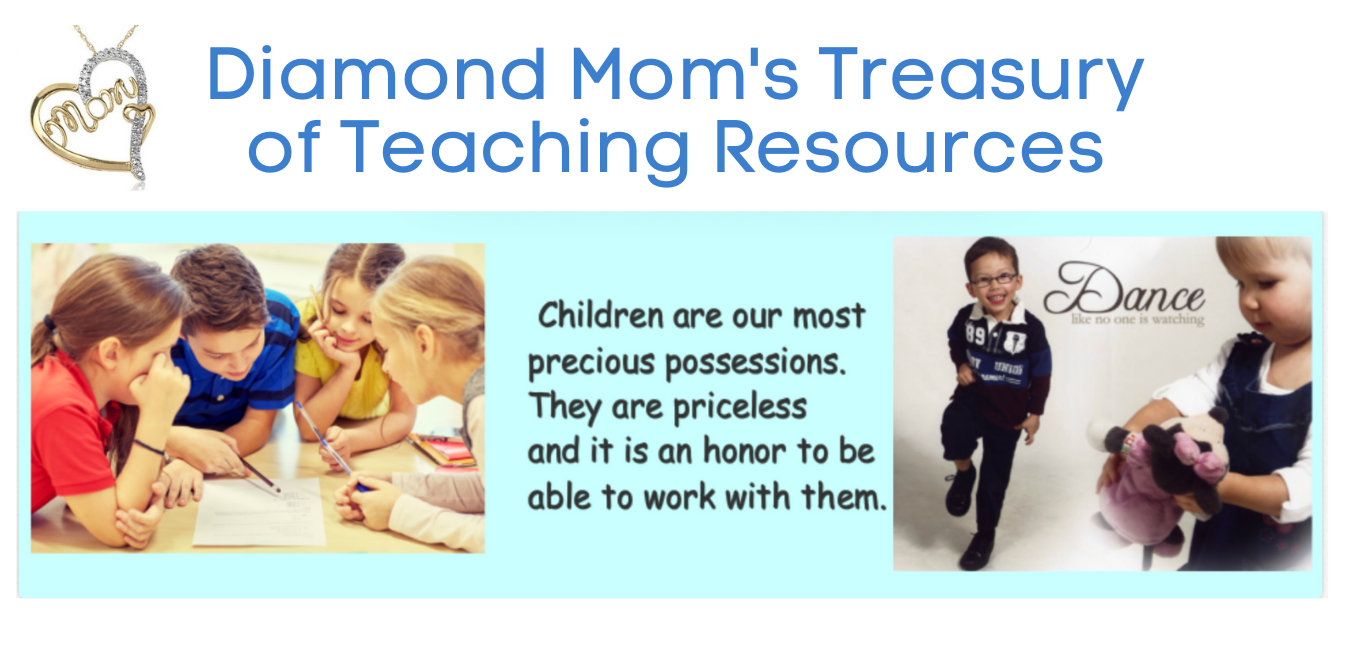
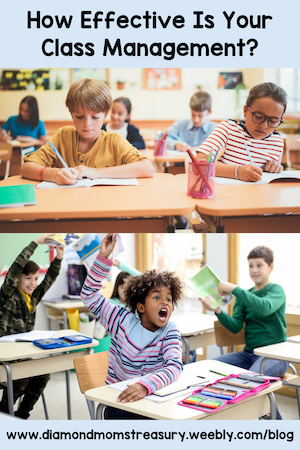
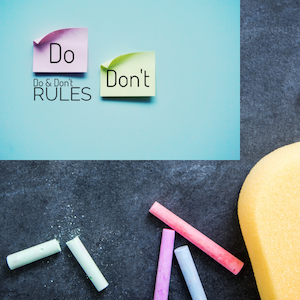
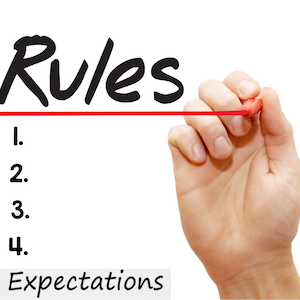
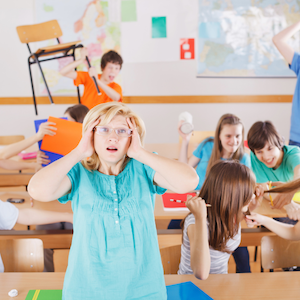
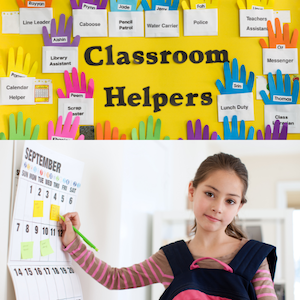
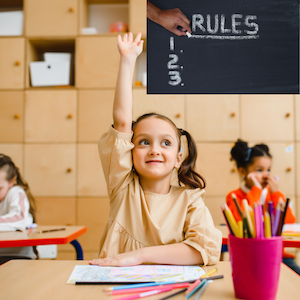
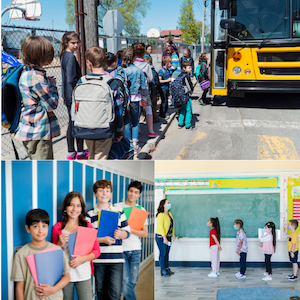
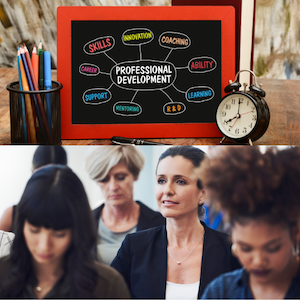


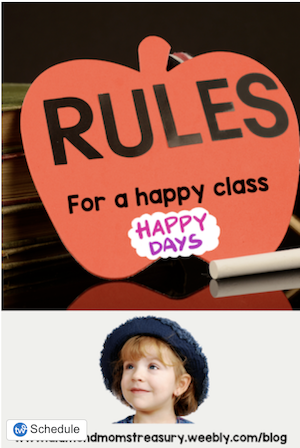
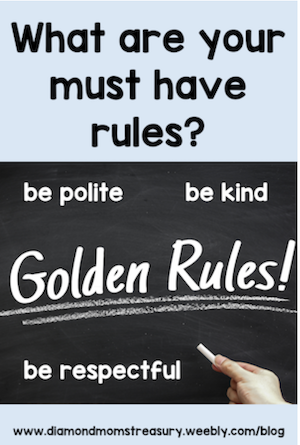



 RSS Feed
RSS Feed